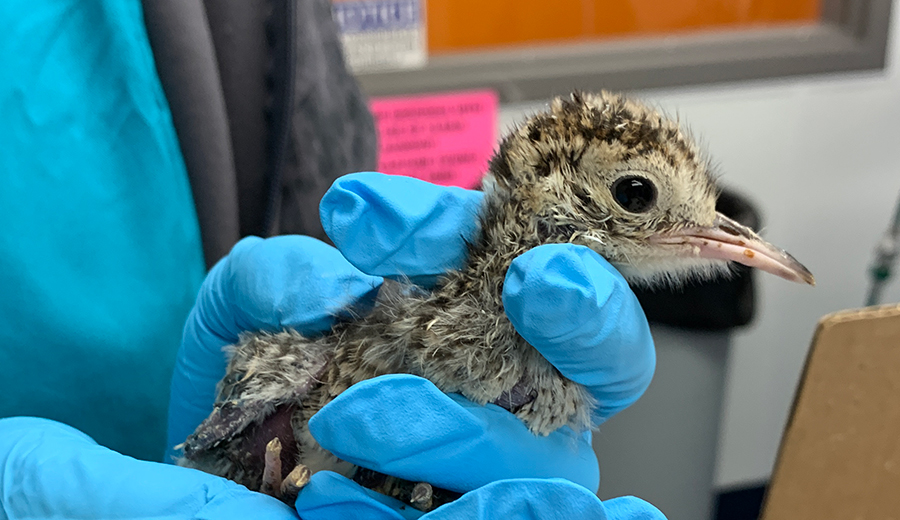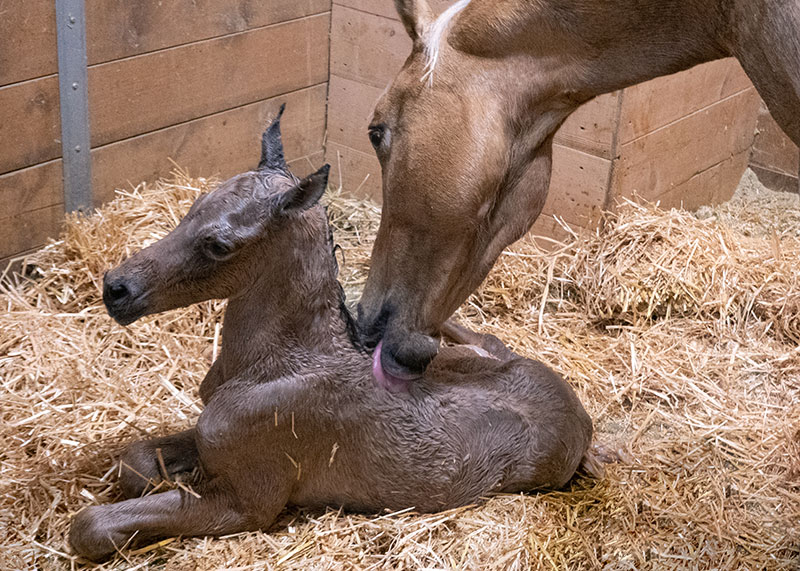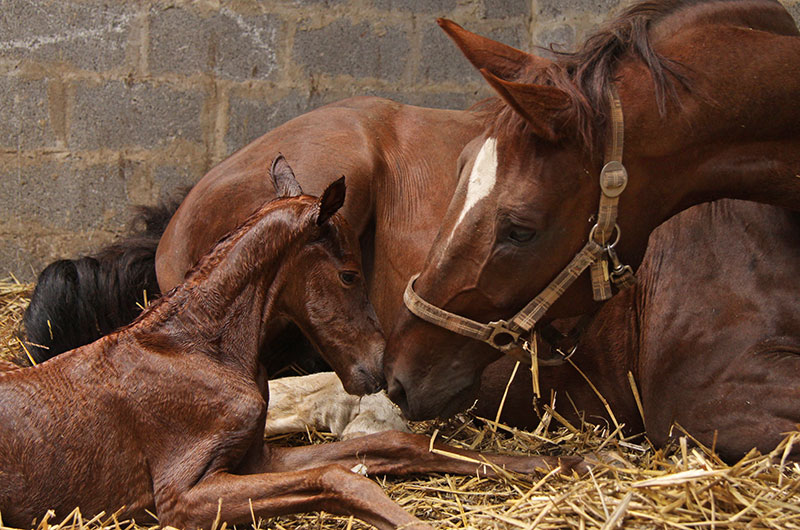Domestic dogs are not wolves
If only our pets could talk! Then we would know for sure why they are acting a certain way. Instead, we resort to books, word-of-mouth, and TV shows to decipher pets’ actions. The problem is that these sources deliver many incorrect and misguided beliefs about animal behavior.
Dr. Kelly Ballantyne is a board-certified veterinary behaviorist who sees pets and owners at Veterinary Behavior at Illinois, a Chicago-based service of the University of Illinois College of Veterinary Medicine. She wants to clear up a pervasive misunderstanding about dog behavior: Dominance.
It is simply not true that pet aggression and misbehavior arise from dominance.
Dominance Is Situational
“The concept of dominance is most appropriately applied as a descriptive term for individuals in relation to resources, such as toys, resting spots, or food,” Dr. Ballantyne explains.
For example, dog A has dominance over dog B when he is allowed first pick of bones. But interestingly enough, dog A may allow dog B to have first pick of resting spots. Dominance is not an absolute position that only one animal may claim. In fact, dominance typically doesn’t involve aggression, but rather the peaceful deferral of one individual to another.
What about dogs being the alpha of the pack, like their ancient relatives?
“Domestic dogs are not wolves,” Dr. Ballantyne emphasizes. “They do not have the same kinds of interactions with their environment or with each other.”
Even if some owners believe their dog has “wolf blood,” research has taught us that wolves don’t live by the alpha system that people once attributed to them. Wolf society is organized more like human families, with the breeding pair in the lead because they are the parents.”
Dominance Does Not Cross Species
Furthermore, a large proportion of the behaviors that people identify as “dominance” occur between a dog and a human. According to Dr. Ballantyne, “there is no data to support the idea that dominance crosses between species.” This means that our pets’ behavior is not an expression of their desire to be the alpha male or female over us.
In fact, Dr. Ballantyne warns owners that attributing actions to dominance is a dangerous assumption to make.
“When owners believe their dog is asserting itself over the household, their response is to assert themselves over the dog,” she explains. “Far from fixing the problem, this response puts the owner at a higher risk for getting injured and can end up scaring the dog. If the owner asserts his or her ‘dominance’ too forcefully or frequently, the human-animal bond between them will eventually break down, and the dog’s behavior may even escalate.”
So why is the idea of dominance such a popular explanation for canine behavior?
Because it’s easy. It’s easier to dismiss a dog’s actions as a display of dominance rather than spending the extra time and energy to uncover the root of the problem. Many times the problem turns out to be anxiety-based.
Get to the Root of the Problem
Perhaps a dog growls and barks every time a man walks past its food. Sure, the dog is acting aggressively, but by dismissing this arbitrarily, the owner might miss the subtle signs of fear the dog is displaying. A doggie “grimace,” wide eyes, and a tucked tail might indicate that the dog is simply afraid of men. Adding food into the mix becomes a trigger for an anxious, alarming response.
“Labeling everything as dominance gives people the wrong idea that they know the cause of the problem, and it doesn’t give them a good model to address the behavior,” Dr. Ballantyne explains.
By understanding that dominance is not the issue and learning that retaliatory aggression is detrimental, owners take the most important step toward improving the situation. Once those ideas are clear, efforts can be made to improve the human-animal bond rather than harm it. These types of problems are often situation-specific and may require a behaviorist to help manage the issue.
Dr. Ballantyne encourages pet owners to educate themselves on the issue using reputable sources. Spending less time “teaching your dog who’s boss” and spending more time addressing the real problem will go a long way in improving your relationship with your four-legged friend.
> Hear Dr. Ballantyne’s interview with Brian Moline on WILL (duration: 4:30.)
By Danielle Engel

![[pet column dominance - wolves]](https://vetmed.illinois.edu/wp-content/uploads/2021/04/pc-dominance-ballantyne.jpg)


